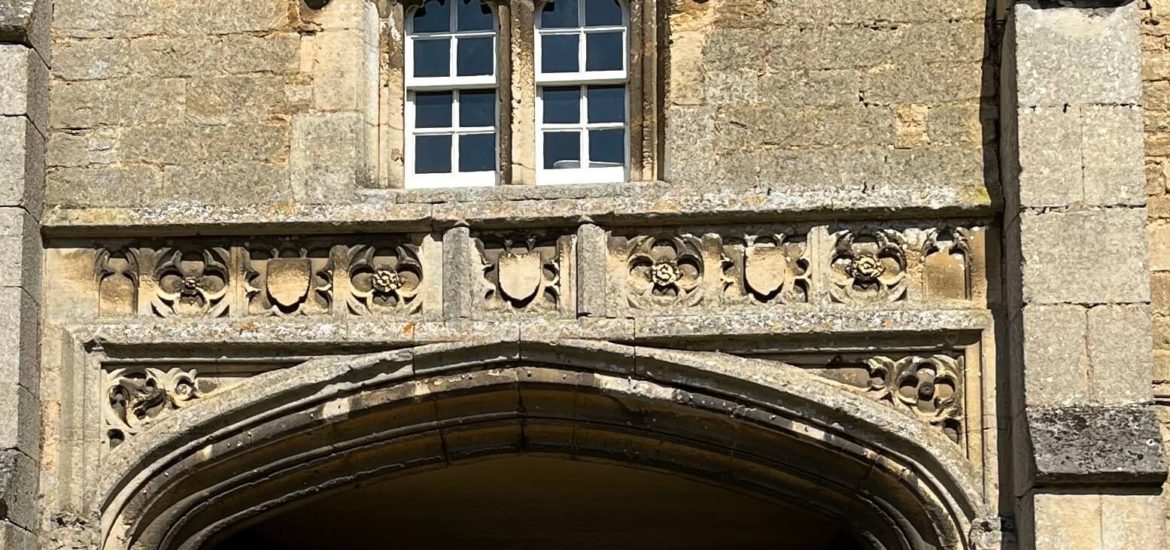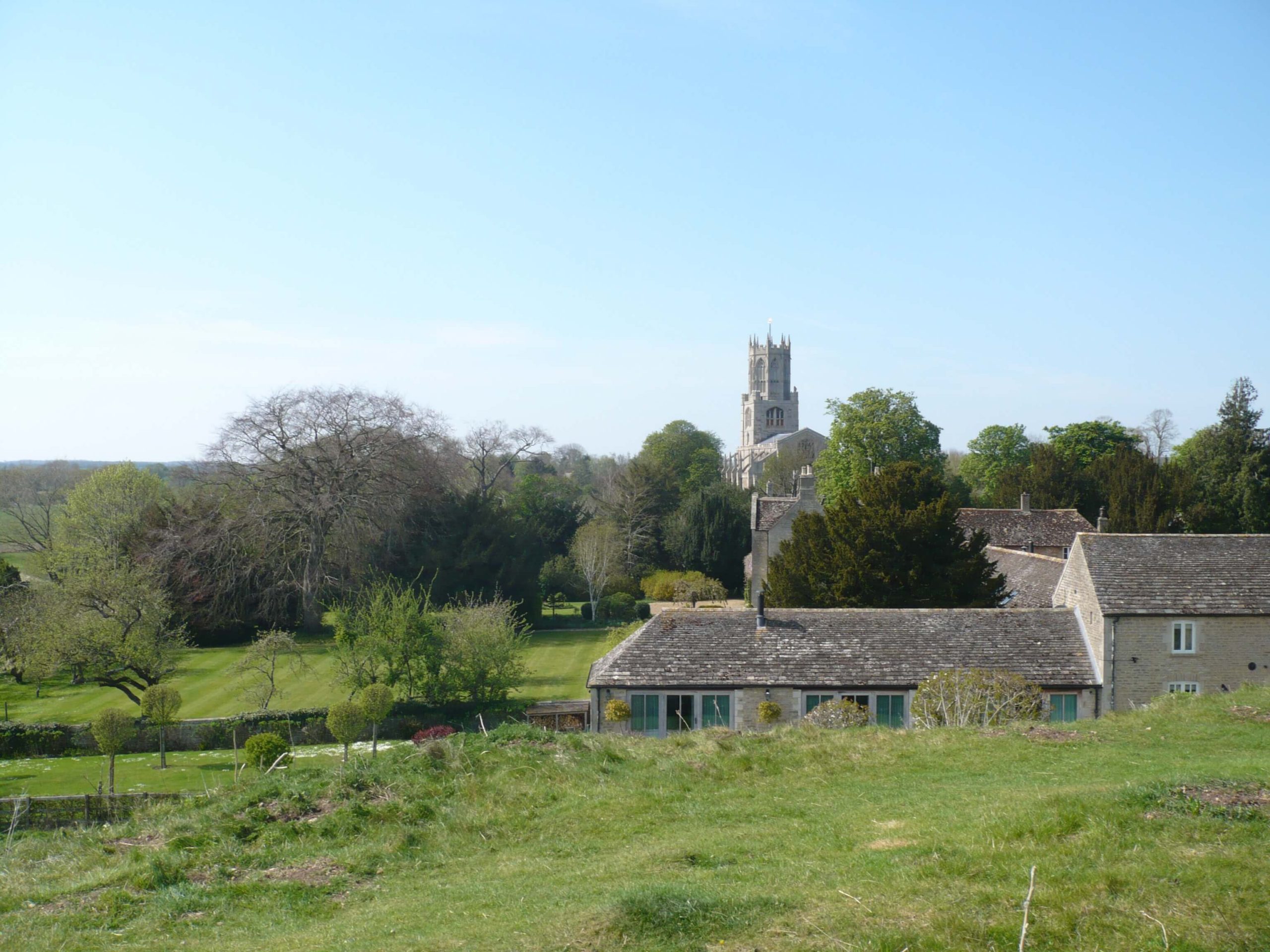
There’s something quite special about Fotheringhay. Perhaps it’s my romantic nature but the moment I stepped out of the car, it felt as though there were whispers of the past floating on the air, waiting for me to catch them. And what a past is has. Richard III was born here and the York royals made the church their mausoleum. This is the place where Mary, queen of Scots was held and eventually executed by her cousin Elizabeth I.
Anglo Saxon and Norman Fotheringhay
Its association with Scotland began long before Mary, queen of Scots. Before the Norman invasion, sorry, conquest, the manor was owned by the Anglo-Saxon, Waltheof, earl of Northumbria, who married William’s niece Judith. They had three children of which Maud was the eldest. Judith betrayed Waltheof and he was executed for treason in 1076. William tried to marry Judith off to one of his Norman noblemen, Simon St Liz (de Senlis) but she fled to France. Instead, he arranged for Simon to marry Maud and he became the 1st earl of Northampton and 2nd earl of Huntingdon. It is known that he was responsible for the construction of Northampton Castle so it’s possible he was also responsible for the construction of the motte and bailey castle at Fotheringhay around 1100.
After Simon’s death, Maud married David of Scotland. They both had Anglo-Saxon heritage in common; Maud through Waltheof and David through his mother Margaret, daughter of Edward the Exile and granddaughter of Edmund Ironside. David became king of Scotland in 1124 and reigned until his death in 1153.
The House of York
Edward III gave Fotheringhay to his fourth surviving son, Edmund Langley, and it is through him, that its connection to the house of York comes. (More on the church and the House of York in the next post.) Edmund made Fotheringhay his favoured residence and according to John Leland spent a lot of money upgrading the castle. After his death, it passed to his son, Edward.
Edward became the highest-ranking English casualty when he died at the battle of Agincourt. He was buried in the church and his monument (erected by Elizabeth I0 is still there today. As Edward did not have any children, his titles etc passed to his four-year-old nephew, Richard of York.
Richard married Cecily Neville and it is their sons Edward and Richard who become Edward IV and Richard III. Richard was born at the castle in 1452 and spent the first six years there.
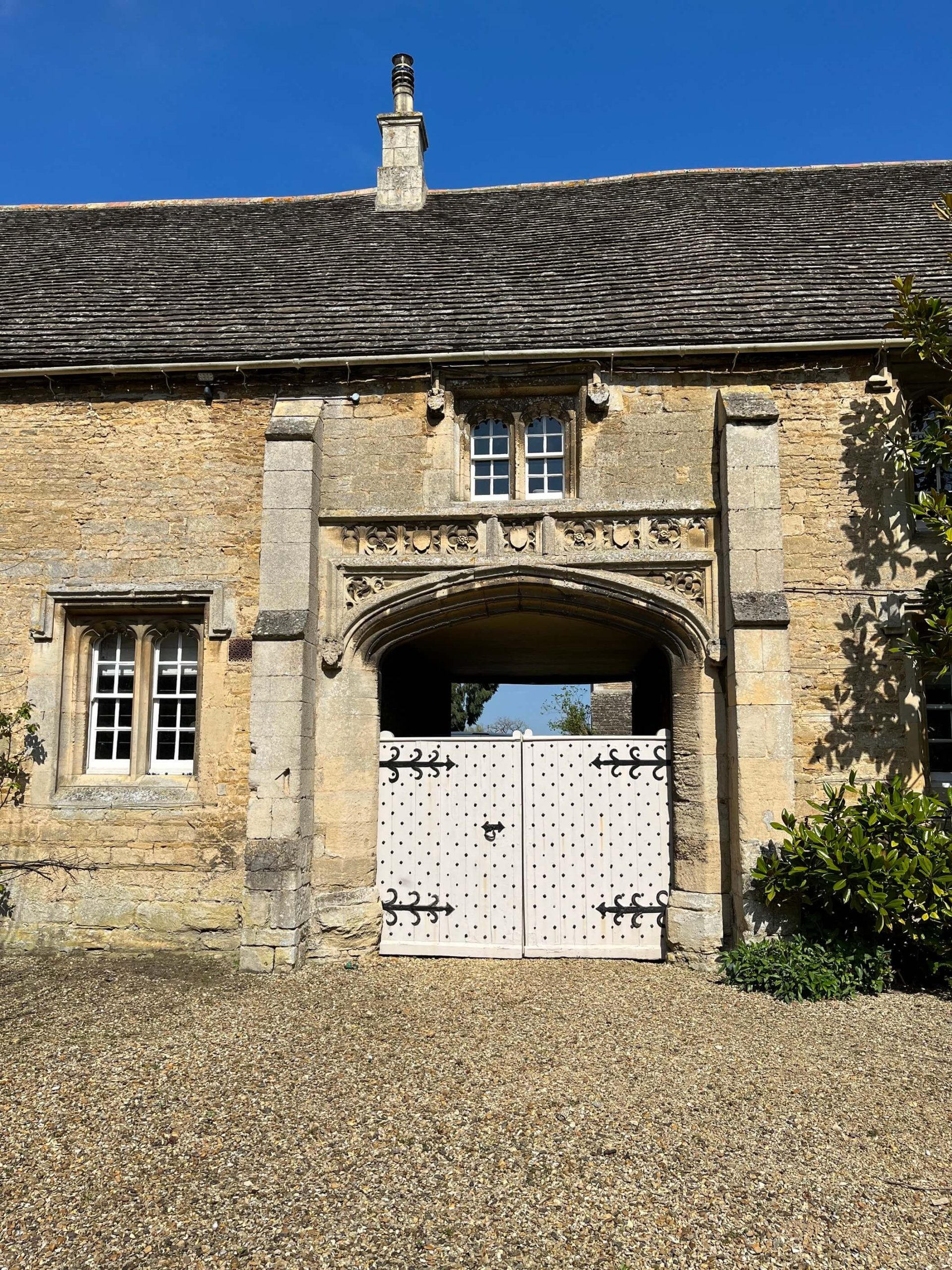
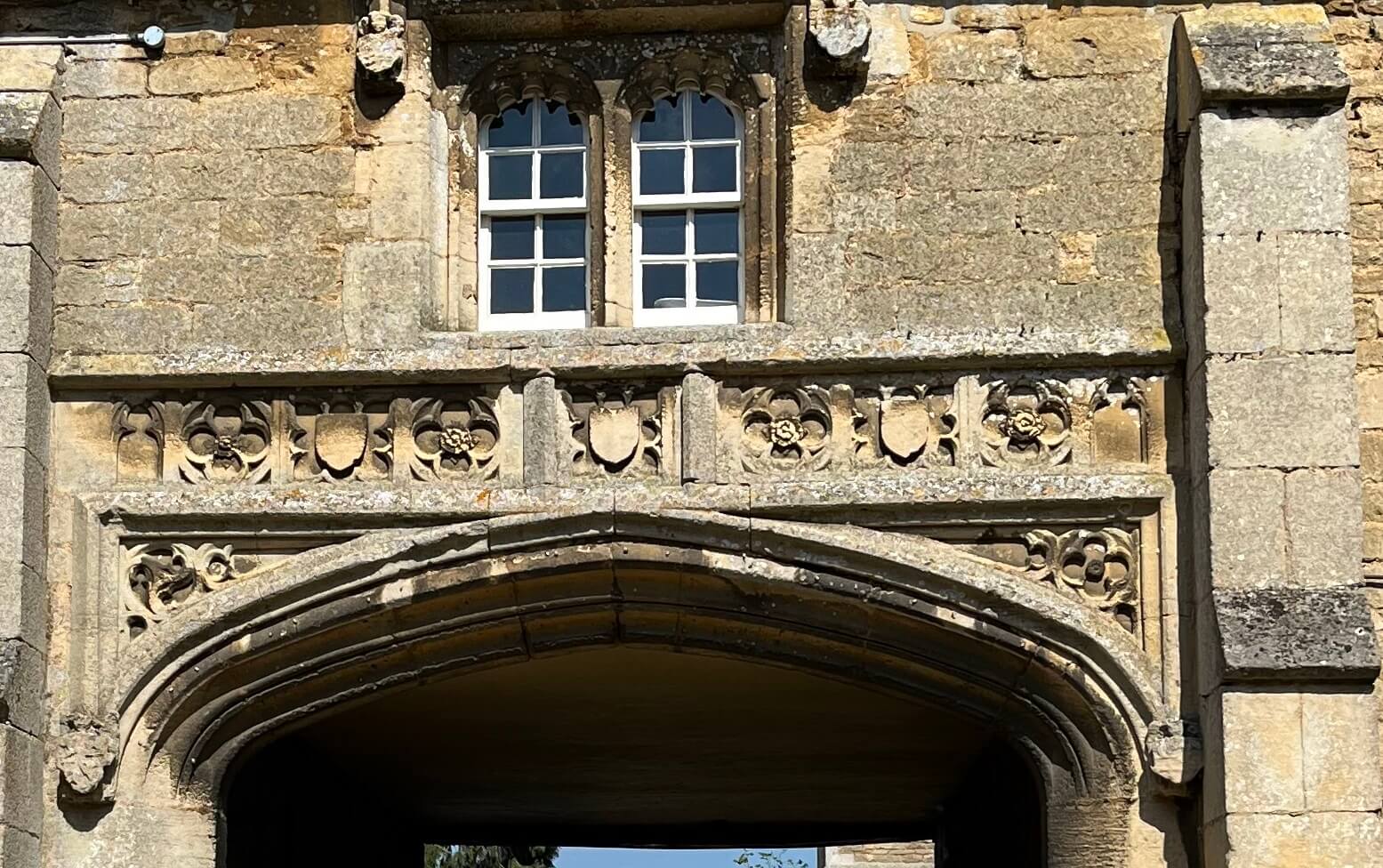
As you walk through the village towards where the castle once stood, you can still see some of the 15th century buildings. Garden Farm was once called New Inn and was built by Edward IV to house extra guests when there was not room at the castle. You can see the heraldic shields of the York family over the entryway.
Mary Queen of Scots
Henry VII gave Fotheringhay to his wife Elizabeth of York and through her it passed to Henry VIII who gave it to Catherine of Aragon who spent money refurbishing the castle. The castle stayed in royal hands and became part of the estate of Elizabeth I who imprisoned her cousin Mary queen of Scots there just before her execution.
Mary was the daughter of king James V of Scotland and his wife Mary of Guise, making her the granddaughter of Margaret Tudor, Henry VIII’s sister. So, if you wish to be precise, Elizabeth and Mary were 1st cousins once removed. She was, however, a strong claimant to the throne of England and a Catholic and this made her very dangerous.
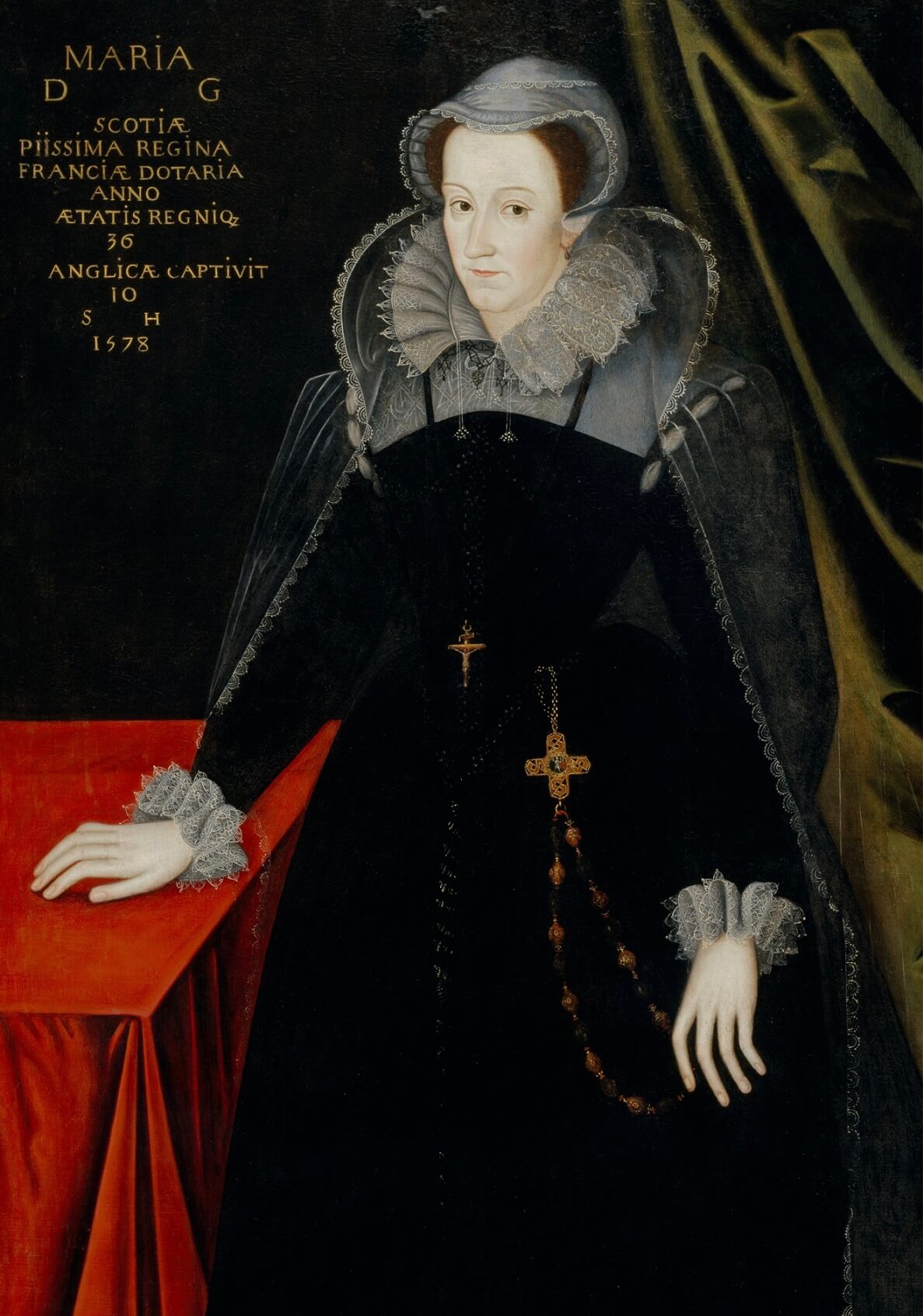
After fleeing Scotland, Mary had been under house arrest for 19 years before being implicated in the Babington Plot. Mary arrived at Fotheringhay on 25 September 1586 after a four-day journey from Staffordshire. Perhaps Elizabeth’s decision to move Mary to Fotheringhay was influenced by the nearby vicinity of the estates of two of her most trusted advisors: William Cecil at Burghley and Christopher Hatton at Holdenby House.
She was put on trial for treason. She denied the charges and told the nobles, ‘Look to your consciences and remember that the theatre of the whole world is wider than the kingdom of England’ (John Guy, My Heart is my Own) The outcome is well-known. Mary was found guilty and executed on 8 February 1587. The delay between the verdict and the execution was due to Elizabeth’s reluctance to carry out the sentence, fearing it would set a precedence.
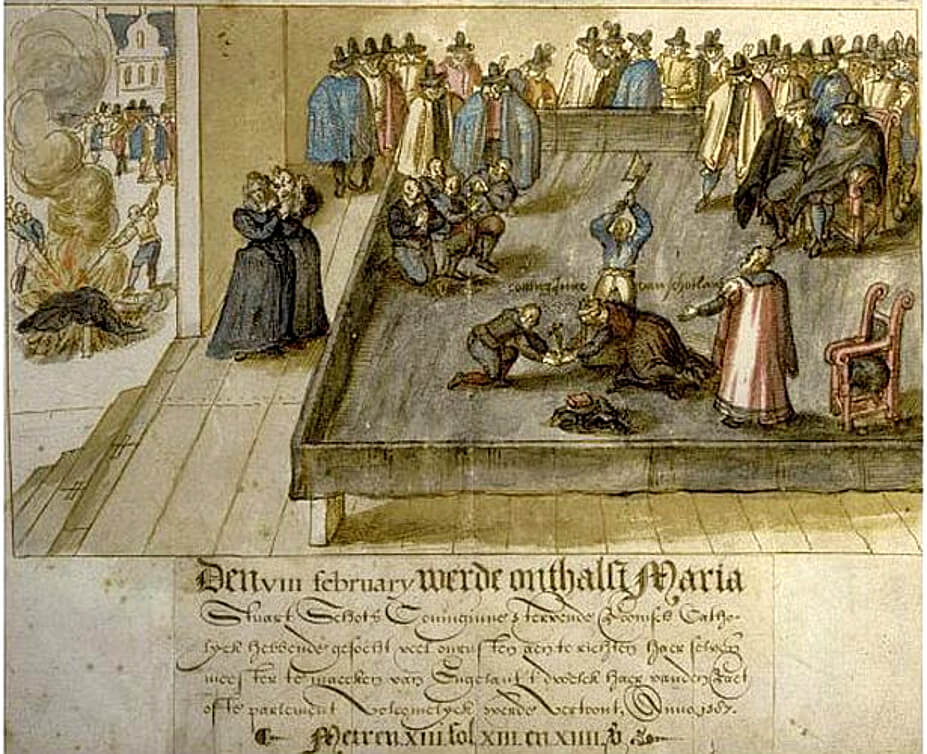
It took two blows for Mary’s head to be severed. Her last words were, In manus tuas, Domine, commendo spiritum meum (Into thy hands, O Lord, I commend my spirit). There are reports that she was wearing a wig and also that a small dog appeared from under her skirts. Contemporary accounts state that everything she touched, including the block and all her clothing were burnt in the fireplace of the Great Hall. Her body was interred at Peterborough Cathedral in July 1587. Before this it had been wrapped in lead and left at Fotheringhay. When he became king, her son James had her body re-interred at Westminster Abbey.
There is nothing left of the castle today, just the mound. A climb to the top gave spectacular views and you can see the strategic importance of placing a castle here. The castle was built to defend this strategic point on the edge of Rockingham Forest and to monitor the rebellious fenlands where the Hereward the Wake rebelled against William I.
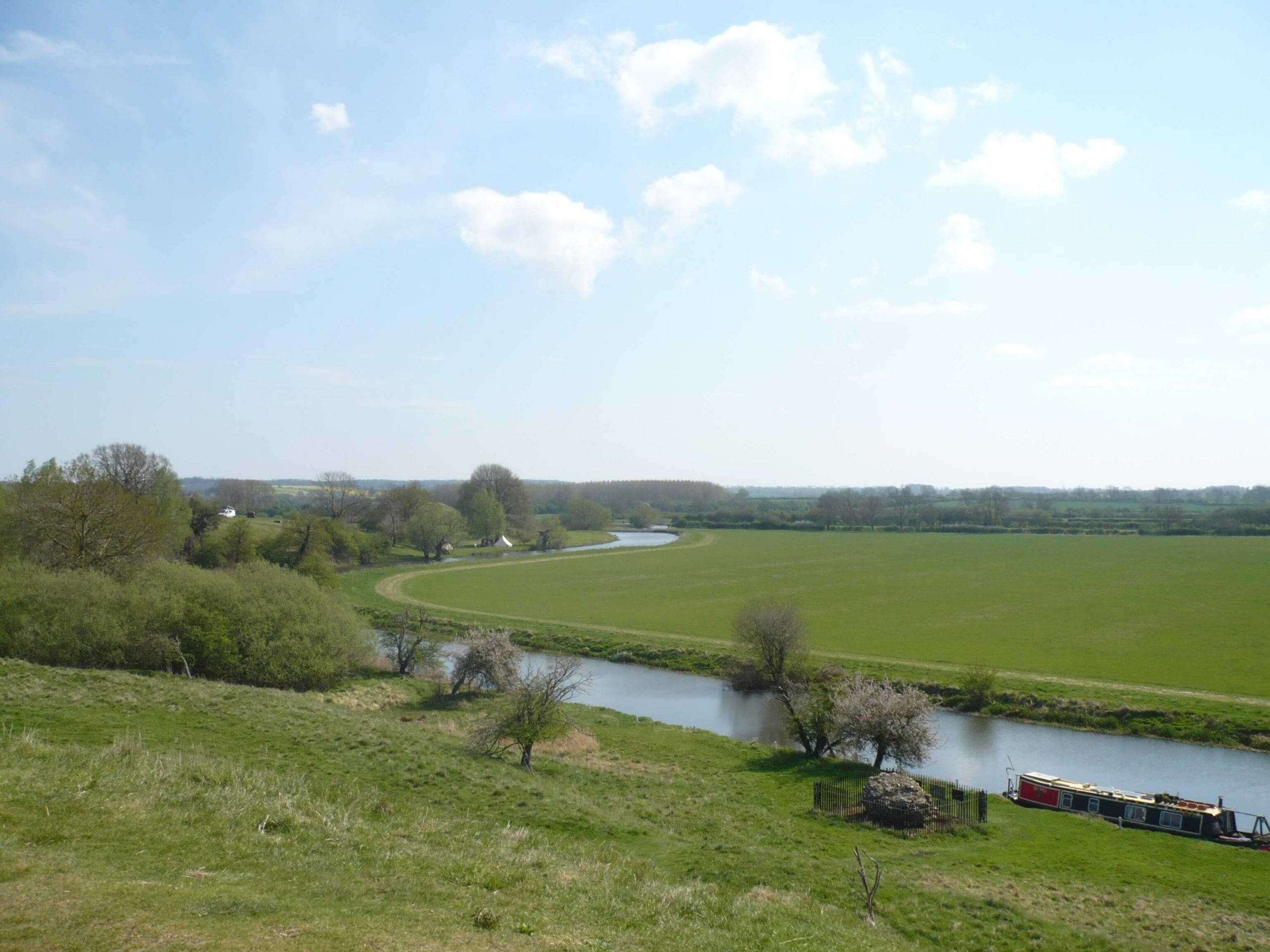
The river Nene winds past where the castle once stood and controlled the area. Just downstream is the market town of Oundle and not too far away is Peterborough where Catherine of Aragon is interred. She once owned Fotheringhay Castle and spent money on its upkeep.
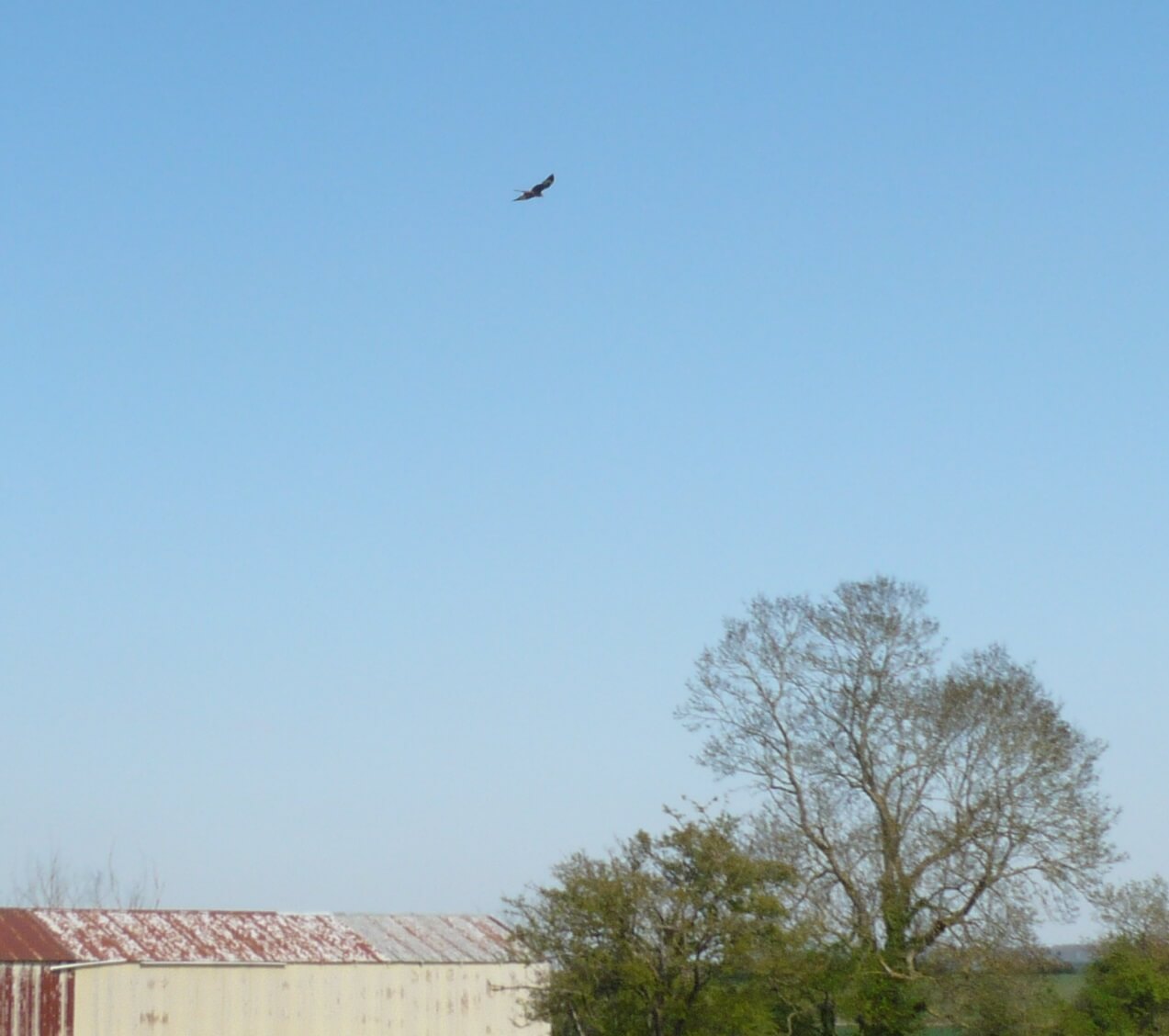
A bird of prey kept us company as we explored the castle mound. I like to imagine that it was Mary’s spirit flying free above Fotheringhay.
